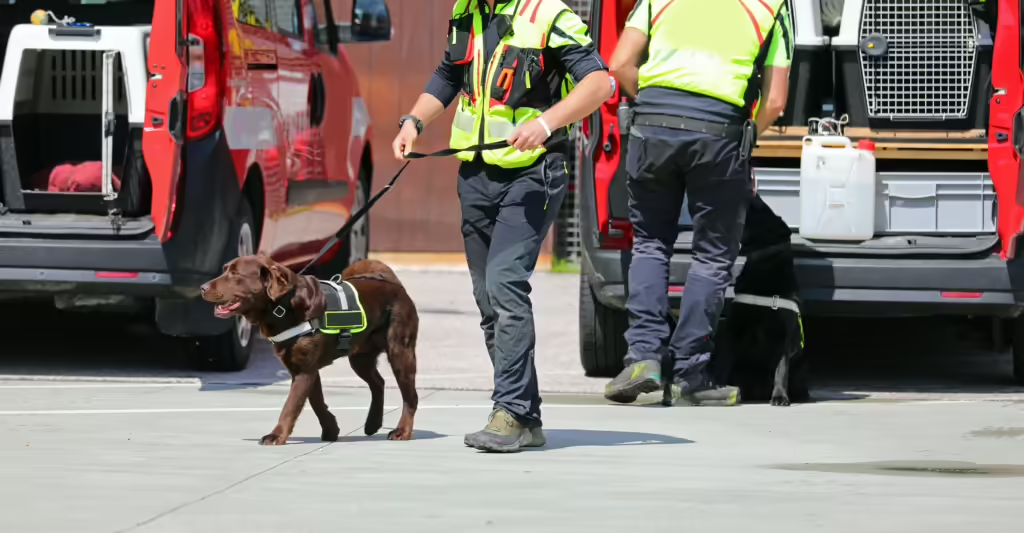The Unseen Victims of Drug Trafficking: Who Really Suffers?

When we talk about drug trafficking in America, the conversation often focuses on law enforcement, drug lords and addiction. Yet, beneath these visible aspects are the unseen victims of drug trafficking—the individuals and communities suffering in silence, bearing the devastating effects of the trade. Drug trafficking isn’t just a criminal issue; it’s a human one. It impacts people in multifaceted, often hidden ways that extend far beyond those who use drugs.
Families Torn Apart by Drug Trafficking
Families are some of the most affected victims of drug trafficking. Drug addiction, often fueled by the accessibility of trafficked substances, creates chaos in households. Parents struggling with addiction may lose custody of their children, and in some cases, children are placed in foster care, leading to emotional trauma and instability. Additionally, children of addicted parents are at a higher risk of experiencing neglect, abuse and mental health challenges due to the chaotic environment at home. The impact of drug trafficking on families reverberates for generations, with children often facing higher risks of addiction themselves due to trauma or genetic predispositions.
The Ripple Effect on Vulnerable Communities
Drug trafficking in America tends to affect specific communities, predominantly low-income and marginalized groups disproportionately. Neighborhoods where drugs are frequently trafficked often experience higher crime rates, increased homelessness and a lack of accessible resources. Schools and local businesses suffer from loss of community stability and support. Public funds intended for social services are often diverted to deal with the effects of drug trafficking, leaving fewer resources available for education, health and community development.
These neighborhoods experience an erosion of social bonds, as fear and distrust make it harder for communities to unite against common challenges. This instability contributes to cycles of poverty and crime, making it more difficult for these communities to thrive or for individuals to escape the social and economic traps that make them vulnerable to drug trafficking’s effects.
Law Enforcement Officers and First Responders
Though law enforcement personnel are tasked with stopping drug trafficking, they too are victims in this endless struggle. Police officers, EMTs, and firefighters often bear the brunt of the crisis, responding to overdose calls, dangerous drug busts and high-stress situations that put their own lives at risk. Constant exposure to trauma takes a toll on their mental health, leading to an increase in cases of PTSD, anxiety and depression among first responders. Studies show that the high-stress environment and continuous exposure to dangerous situations can even lead some first responders to substance abuse as a coping mechanism, perpetuating a cycle of pain within their ranks.
The Environmental Impact of Drug Trafficking
Environmental damage is an often-overlooked consequence of drug trafficking. To cultivate and produce drugs like cocaine, marijuana and opium, drug traffickers engage in harmful practices that destroy ecosystems, particularly in Latin American countries where production is high. Deforestation, soil depletion and water pollution from chemical waste impact wildlife and local communities that depend on these resources for their livelihoods. Forests are often cleared to make room for drug crops, leading to habitat destruction and loss of biodiversity.
In America, drug manufacturing also has environmental repercussions. Methamphetamine labs, for example, leave behind toxic waste that contaminates soil and water supplies. The disposal of drug paraphernalia, such as needles and chemical byproducts, pollutes urban and rural areas alike. People living near these sites are exposed to harmful substances, and the cost of environmental cleanup adds another layer to the unseen victims of drug trafficking.
Healthcare Workers on the Front Lines
Healthcare professionals, especially those working in emergency medicine and addiction services, are also among the unseen victims of drug trafficking. Physicians, nurses and counselors are on the front lines, working with patients affected by drug addiction daily. The surge in drug use, particularly with the opioid epidemic, has placed a significant burden on healthcare providers, leading to emotional exhaustion and burnout. The psychological toll of witnessing repeated cases of overdose and addiction is immense, often leaving healthcare workers with their own mental health challenges. They, too, are impacted by the weight of a system overwhelmed by the consequences of drug trafficking.
Victims of Human Trafficking Tied to Drug Trafficking
In some instances, drug trafficking networks are closely linked to human trafficking, creating a devastating overlap of victims. Vulnerable individuals, especially women and children, are often exploited by drug traffickers and forced into situations where they are coerced to carry drugs across borders or engage in other illegal activities. This intersection between drug and human trafficking highlights how these industries prey on the vulnerable, turning individuals into commodities and further perpetuating cycles of abuse and exploitation.
Youth and Adolescents: The Next Generation at Risk
Young people are one of the most vulnerable groups affected by drug trafficking. Adolescents in neighborhoods where drug trafficking is prevalent may experience pressure to join or associate with gangs, leading to a cycle of crime and violence that can be difficult to escape. For others, exposure to drug culture from an early age increases the likelihood of addiction. The mental health impact on adolescents exposed to drug-related violence and crime can result in long-term emotional scars and limited opportunities for future success.
The Far-Reaching Effects of Drug Trafficking
The victims of drug trafficking in America extend far beyond the users and sellers. Families, communities, law enforcement, healthcare workers and the environment are all affected in diverse and profound ways. Recognizing these unseen victims highlights the need for a comprehensive approach to combating drug trafficking—one that focuses on prevention, support and healing for all those impacted. As society becomes more aware of who suffers from drug trafficking, it is crucial to address these hidden costs to build a safer, more compassionate society.






